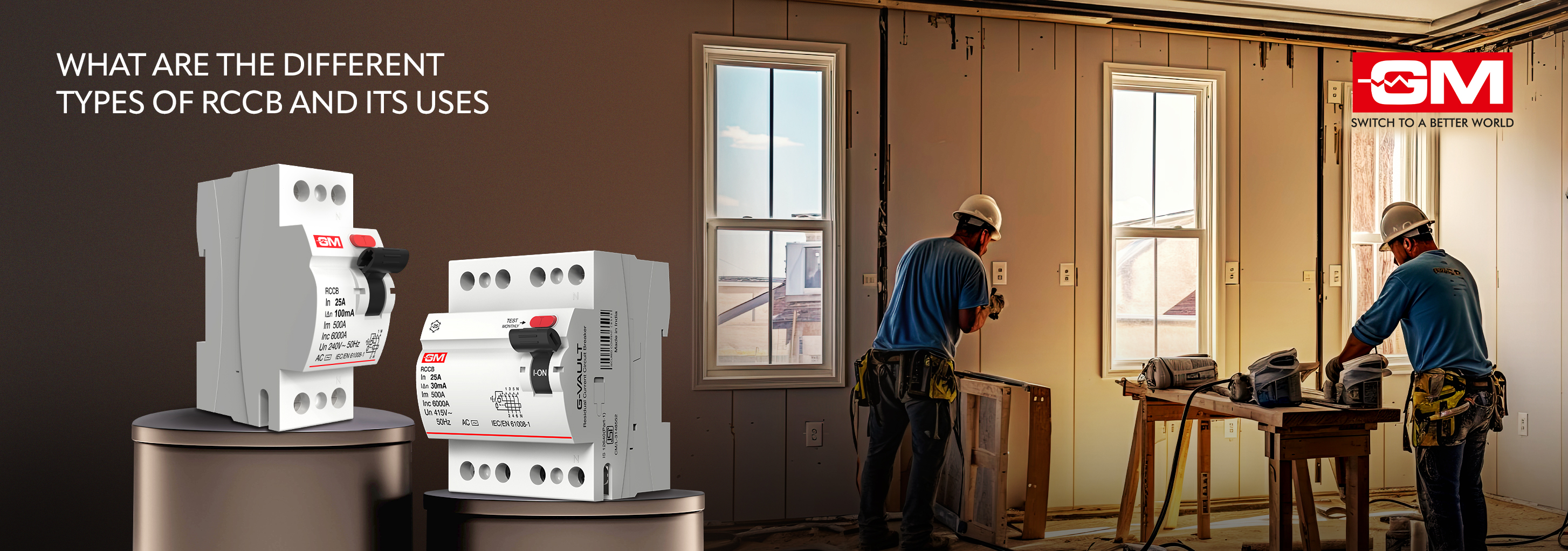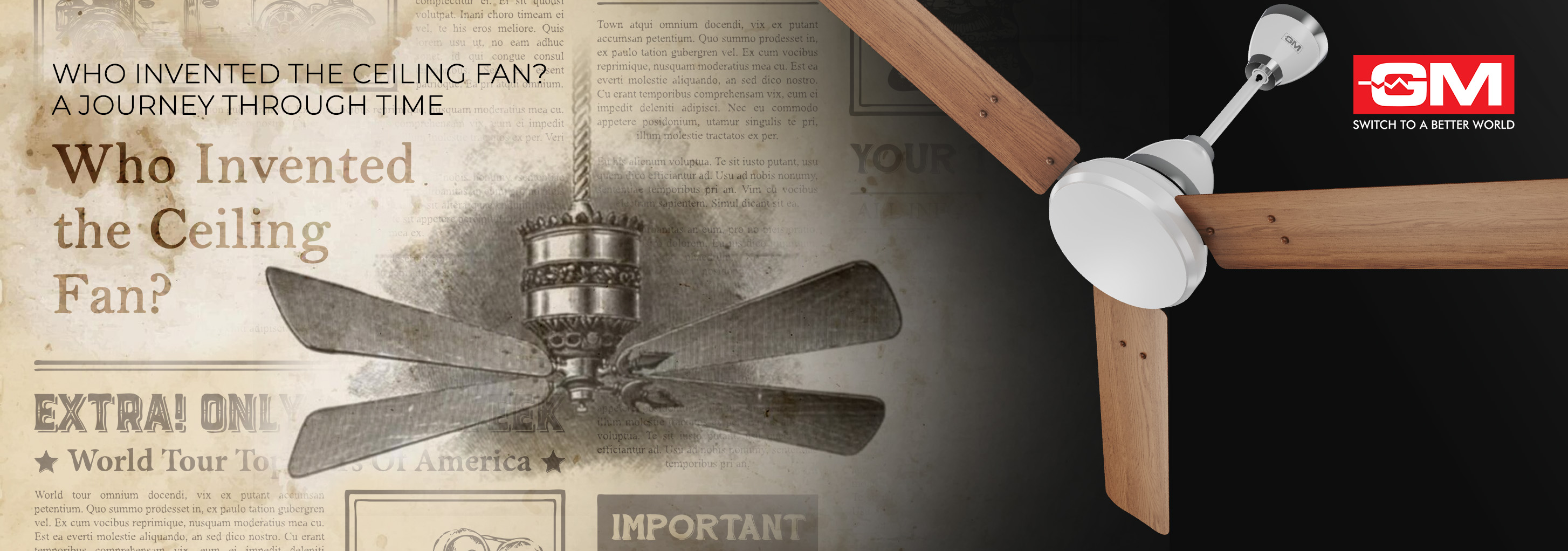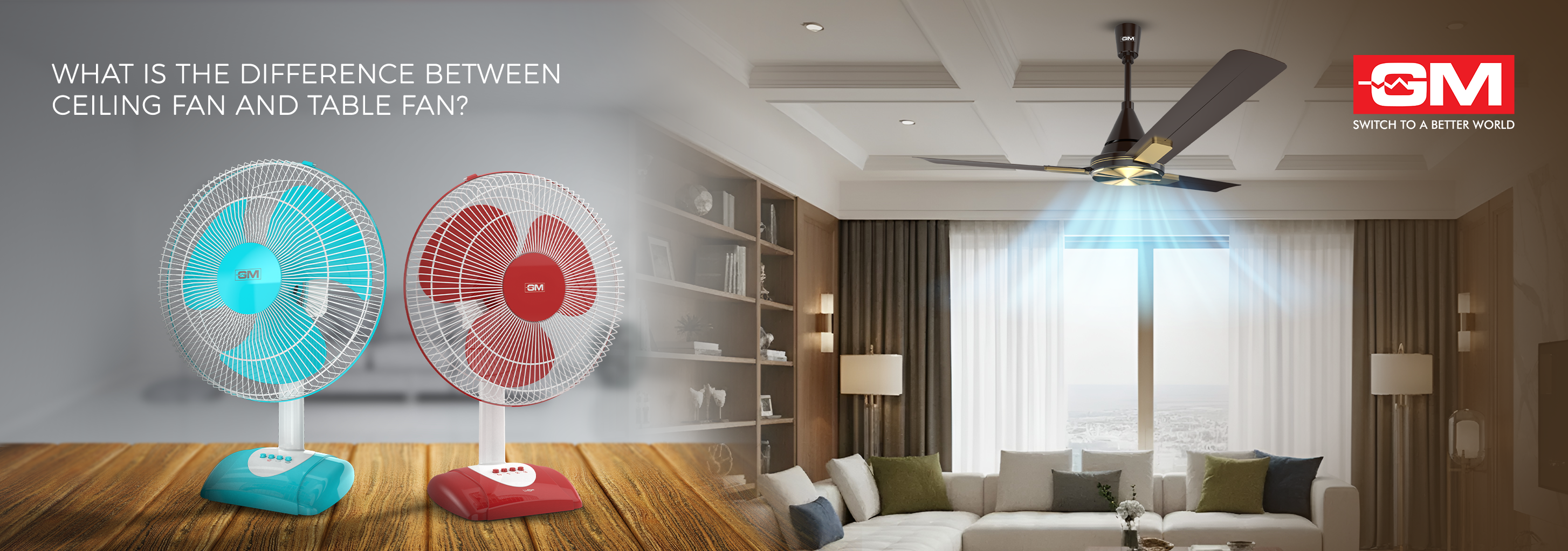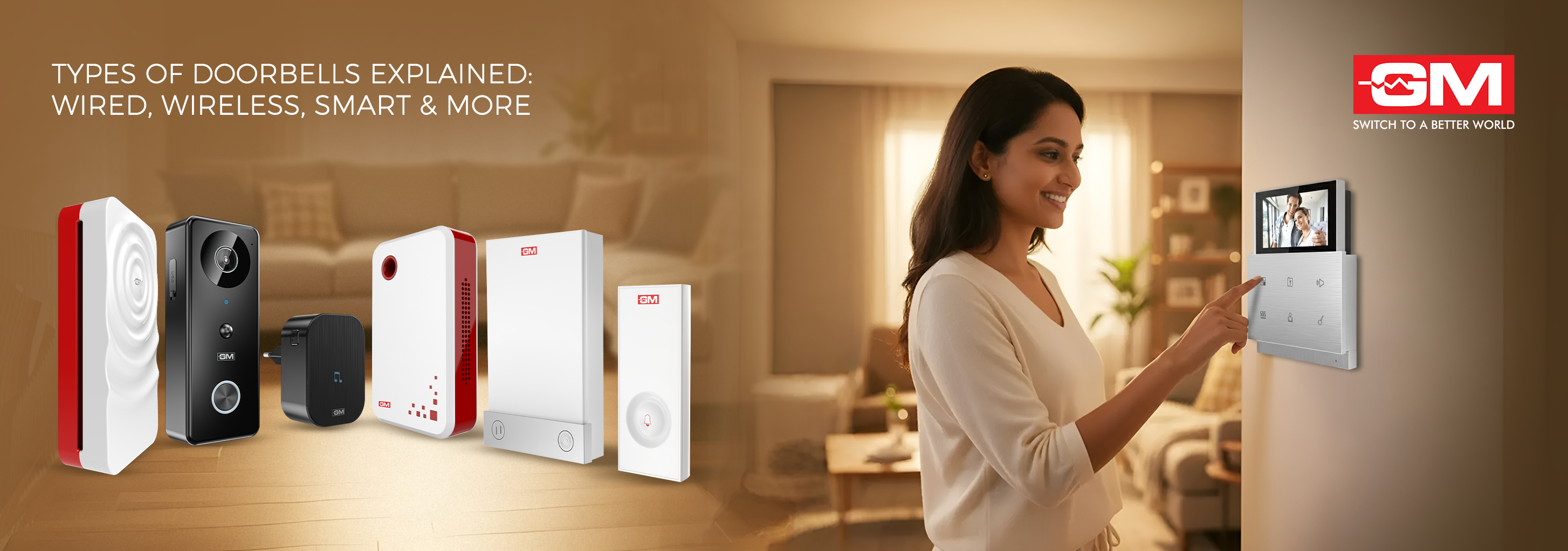Blog
What are the Different Types of RCCB and Its Uses
Updated on Sep 2024

The safety and reliability of electrical installations in residential and commercial settings are paramount, making Residual Current Circuit Breakers (RCCBs) an essential component. RCCBs help protect against the risks associated with electrical faults, providing a critical safety layer for both people and property. In this guide, we explore the different types of RCCBs offered by GM Modular, along with their specific applications and benefits.
Understanding RCCBs
Residual Current Circuit Breakers (RCCBs) are designed to disconnect the circuit whenever there is a leakage current that could potentially cause harm or result in an electrical fire. These devices are crucial in preventing electrical shocks and electrocution, ensuring a safer environment in homes and businesses.
Types of RCCBs
GM Modular offers various types of RCCBs to cater to different needs and applications:
1. Single Pole RCCB
● Use: Ideal for single-phase circuits typically found in residential settings.
● Benefit: Provides protection by disconnecting the live wire when a fault is detected.
2. Double Pole RCCB
● Use: Common in both residential and commercial installations, disconnects both the live and neutral wires, providing complete isolation of the circuit.
● Benefit: Enhances safety by ensuring no current flows through the circuit when tripped.
3. Four Pole RCCB
● Use: Designed for higher voltage three-phase systems, commonly used in industrial settings.
● Benefit: Capable of handling larger current flows and providing comprehensive protection by disconnecting three live wires and one neutral wire, ensuring enhanced safety in environments with complex electrical systems.
Advanced Features of GM Modular RCCBs
GM Modular’s RCCBs are equipped with advanced features that enhance their effectiveness and user convenience:
● Sensitivity: Responds to differential currents as low as 30 mA, providing swift reaction to prevent electrocution.
● Tripping Mechanism: These RCCBs are designed to trip within milliseconds, ensuring immediate disconnection of the power supply upon detection of leakage currents.
● Durability and Warranty: GM Modular RCCBs come with a warranty of 3 years, signifying reliability and durability.
Applications of RCCBs
RCCBs are versatile and can be used in various environments:
● Home Safety: Protects against electrical shocks by detecting leakage currents from appliances or wiring faults.
● Commercial Safety: Essential in environments with high electrical usage like offices and industries to prevent fire hazards and protect equipment.
● Special Installations: Suitable for outdoor installations or areas prone to moisture which can increase the risk of electrical faults.
Selecting the Right RCCB
Choosing the correct type of RCCB involves considering several factors:
● Current Rating: Depending on the maximum current expected in the circuit, choose an RCCB with an appropriate ampere rating to handle the load.
● Sensitivity: Select an RCCB based on the sensitivity required for your specific application, with lower ratings for higher-risk environments.
○ General Living Areas: Use 30 mA RCCB for sensitive protection against unseen faults.
○ Household with Frequent Tripping Issues: Opt for 60 mA RCCB to reduce nuisance tripping.
○ Larger Homes or Homes with More Electrical Equipment: Install 100 mA RCCB to balance between safety and minimising false trips.
● Number of Poles: Decide between single or double-pole RCCBs based on whether you need to isolate just the live wire or both live and neutral.
RCCBs are a crucial component of any electrical installation, offering protection against the dangers of electrical faults. GM Modular provides a variety of RCCBs designed to meet diverse needs, ensuring safety, and compliance with electrical standards. By understanding the different types of RCCBs and their uses, consumers and professionals can make informed decisions about their electrical safety solutions.
Related Blogs

Who Invented the Ceiling Fan? A Journey Through Time
Ceiling fans are a quiet yet transformative part of life at home, offering comfort, style, and energy savings all year round. But not many of us know about the invention of the ceiling fan and how this humble device revolutionised modern living. To a
Read More
What is the Difference Between a Ceiling Fan and a Table Fan?
Fans are easy to use and save energy, so most people use them to keep a room cool and comfortable. But before you buy one, you should know what makes a ceiling fan different from a table fan. They both move air, but they do it in very different ways
Read More
Types of Doorbells Explained: Wired, Wireless, Smart, and More
A doorbell is one of the most important parts of a home or office, but it's also one of the most common things that people forget about. It not only lets visitors know you're home, but it also makes your space more convenient, safe, and stylish. The
Read More
How to Use a Steam Iron Safely and Effectively?
No matter if you're going to work, a meeting, or a party, wearing a crisp, wrinkle-free outfit can boost your confidence right away. But you need to know how to use a steam iron correctly to get that perfect finish. A steam iron isn't just another ap
Read More